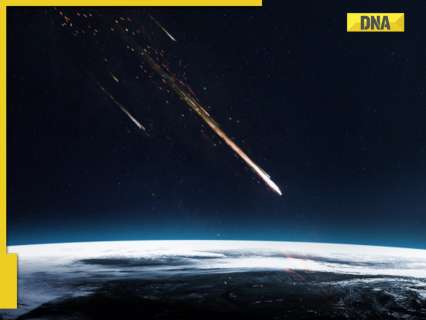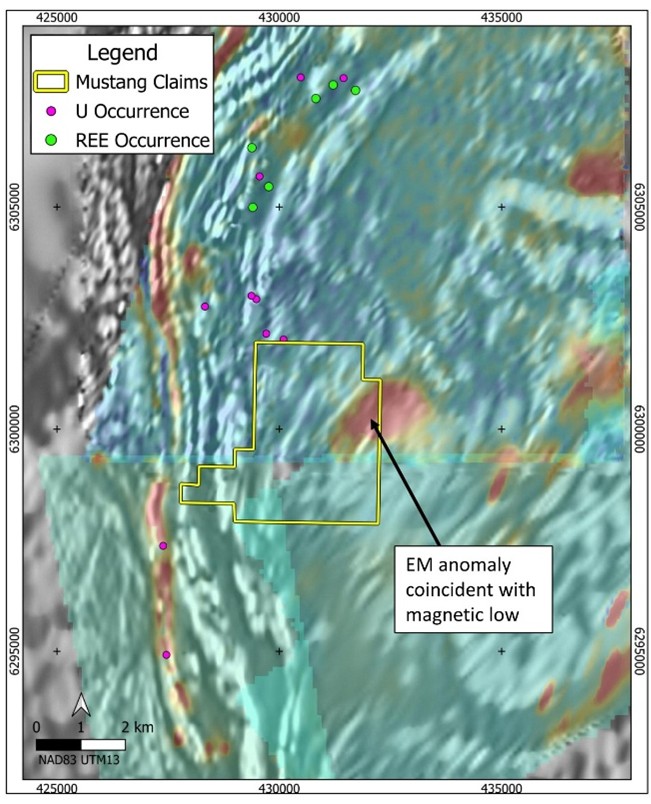After more than 1,000 people were injured by the Chelyabinsk meteor airburst event over Russia in 2013, it became clear that the chances of the Earth being hit by asteroids are not imaginary. Though asteroids keep on passing through near the Earth's orbit, it has been estimated that the chance of a person dying due to an impact is around 1 in 200,000. What are asteroids? NASA has defined asteroids as small, rocky objects that orbit the sun like planets, but they are much smaller in size.
Most of them are found in the main asteroid belt, a region between the orbits of Mars and Jupiter. However, some asteroids are found in the orbital path of planets and follow the same path around the sun. The Earth has this kind of asteroid.

How were asteroids formed? Asteroids are as old as our solar system, as these are the leftovers from the formation of our solar system, which began about 4.6 billion years ago after a big cloud of gas and dust collapsed. Though most of the material fell to the centre of the cloud and formed the sun, some of the condensing dust in the cloud became planets.
However, the objects in the asteroid belt never had the chance to be incorporated into planets. They became asteroids. Are asteroids like planets? As they were formed at different places and at different distances from the Sun, no two asteroids are similar.
They are not like planets in shape as well, whereas planets are round, asteroids are irregular in shape. They also vary in size, while some of them are hundreds of miles in diameter, others are as small as pebbles. NASA's asteroid mission Asteroids can give scientists lots of information about the history of the solar system because they were formed at the same time as other objects.
They can give vital information about meteorites, the tiny bits of asteroids that have flown through our atmosphere and landed on Earth’s surface. NASA has launched many space missions to study asteroids. The NEAR Shoemaker spacecraft landed on Eros, an asteroid near Earth, in 2001.
The Dawn spacecraft was sent to the asteroid belt in 2011. It orbited and studied the asteroid Vesta and the dwarf planet Ceres. Besides, NASA also launched the OSIRIS-REx spacecraft in 2016 to study an asteroid near Earth named Bennu.
It also scooped up a sample of dust and rocks from the asteroid's surface and sent it to the Earth. The container with the sample landed on the Earth in the Utah desert in September 2023. Scientists are studying the dust and rocks for clues about how planets formed and life began.
.
Technology

What are asteroids? Where do they come from? THIS NASA mission brings samples of asteroid...

NASA has defined asteroids as small, rocky objects that orbit the sun like planets, but they are much smaller in size. Most of them are found in the main asteroid belt, a region between the orbits of Mars and Jupiter.















